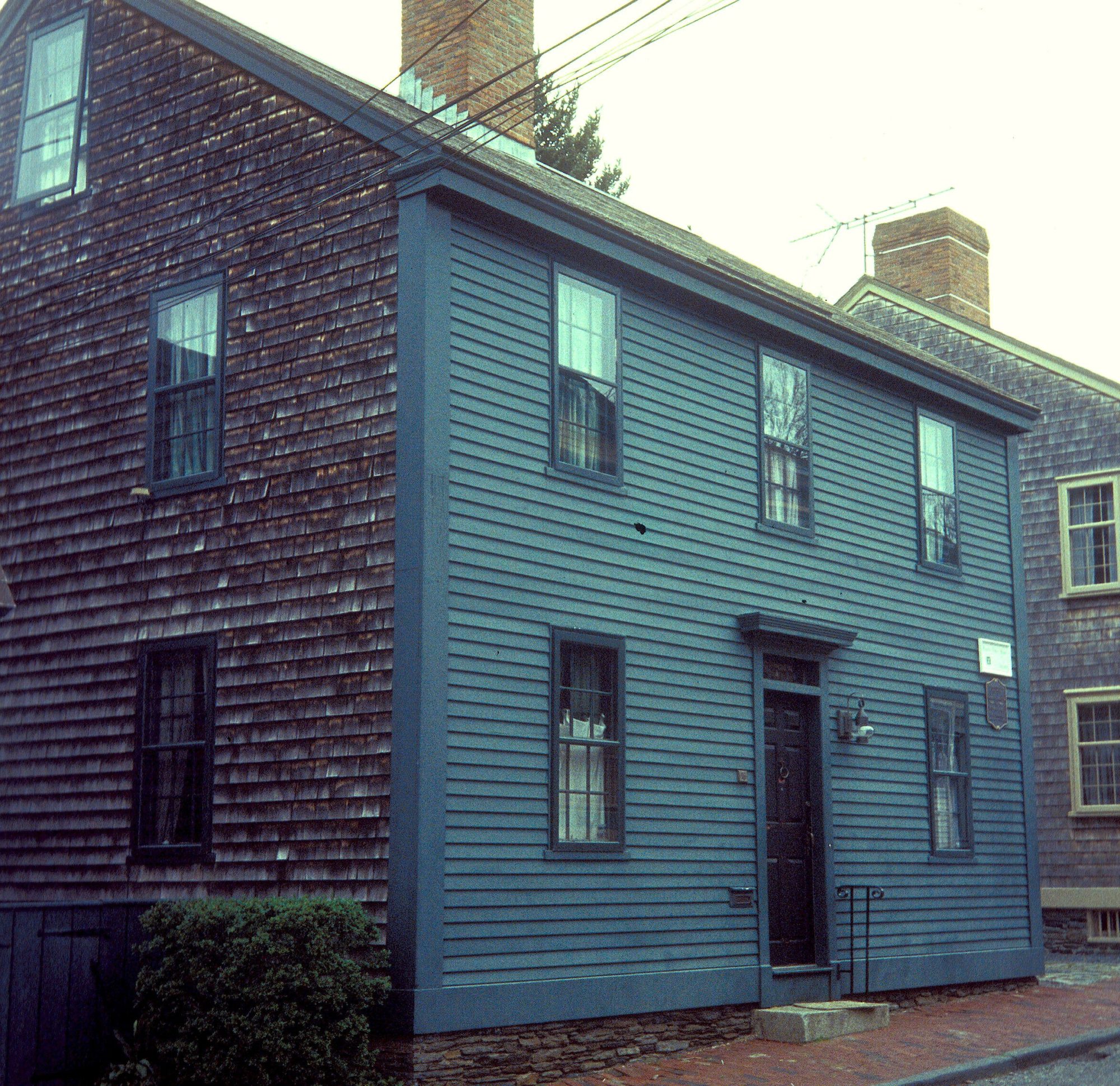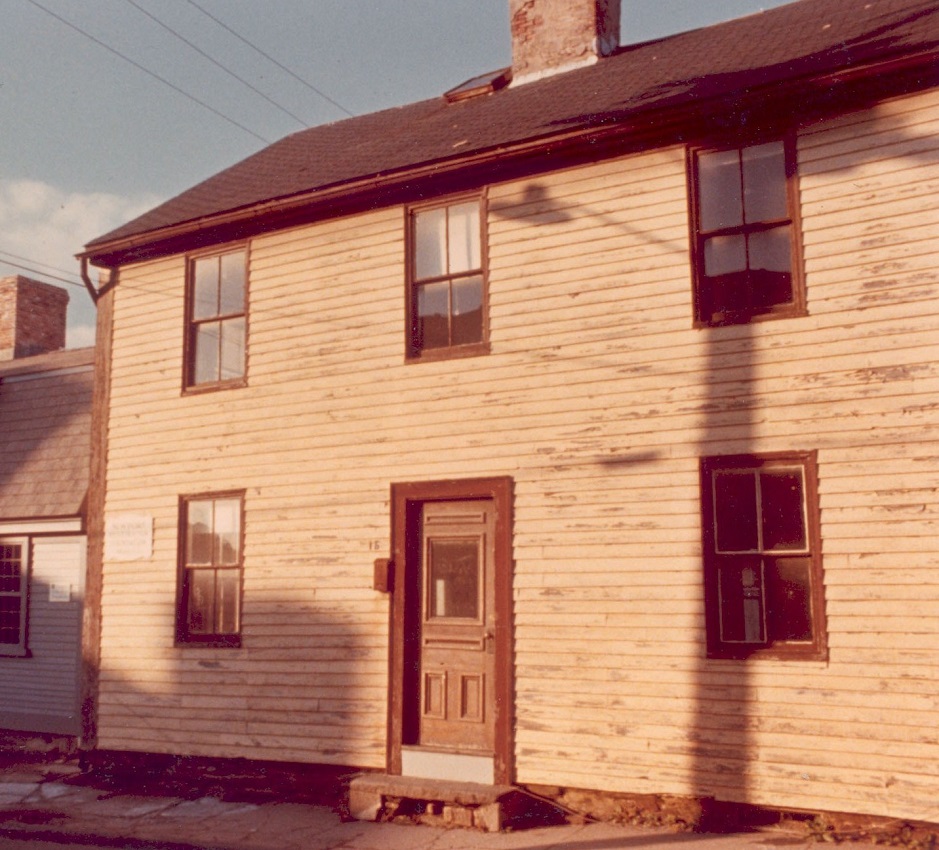Architectural story:
The house at 16 Dennison is an early nineteenth-century cottage with a center chimney and an early simple stairway that serves all three levels.
Restoration story:
The project included restoring early architectural features and also incorporating millwork from architectural salvage.
People story:
In 1812, Robert Robinson purchased this land at auction which included “buildings hereon used as a Spermaceti Works and the apparatus therein.” The house at 12 Dennison today may or may not be one of those buildings. It is likely that the “dwelling house” that was on the property when it was acquired by Robinson Potter in 1826 was either this house or the one at 12 Dennison. For most of its history, 12 Dennison and 16 Dennison were sold as one lot from the earliest recorded deed in 1793 until The Newport Restoration Foundation (NRF) purchased this house in 1968 and restored it in 1973.
This property is tied into key moments in Newport’s history as part of the trans-Atlantic trade system in the 18th century and the change in the labor industry in the 19th century. From 1803 to the 1820s, the 12 and 16 Dennison lot lists an “oil works” referring to the manufacturing of candles from spermaceti, the oily head matter of sperm whales. This was a significant industry for Newport: in the 18th century this city produced half of all of the spermaceti candles used in the 13 colonies.
The 19th-century built environment of Newport would not exist without the work of Irish immigrants. The Ronayne family, immigrants from Ireland, began to buy property along Dennison Street in the 1870s, including this lot. In 1893, John Ronayne split the 12 and 16 Dennison Street properties in his will to give one house to each of two nieces, Mary and Kate Ronayne. In 1899, these sisters sold the properties as a reunited single lot to Michael and Katrina Curran.
While Irish immigrants in Newport played an important role in several industries—many worked as brick layers, stone masons, builders, and teamsters.
Families like the Maguires, Ronaynes, O’Learys, Currans, Carneys, and Caffertys (all who lived on Dennison Street) were an important part of creating and maintaining the city’s infrastructure, including transportation systems that helped people move around the city.



